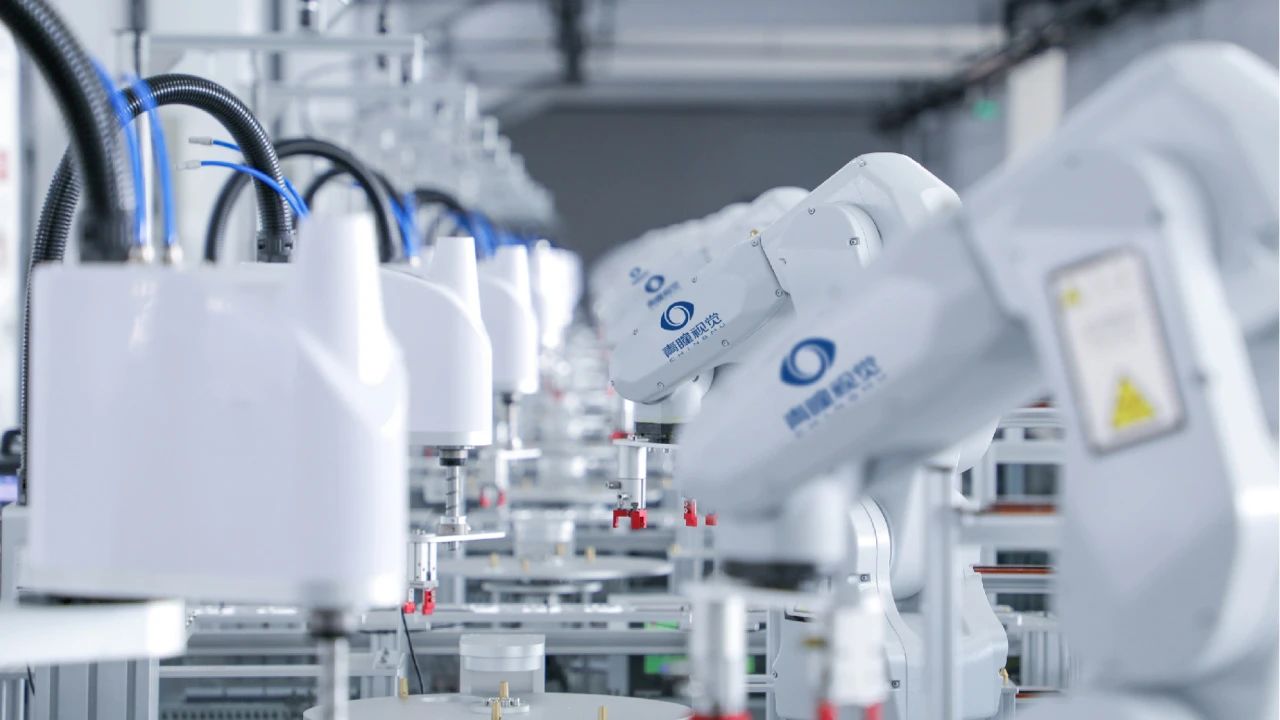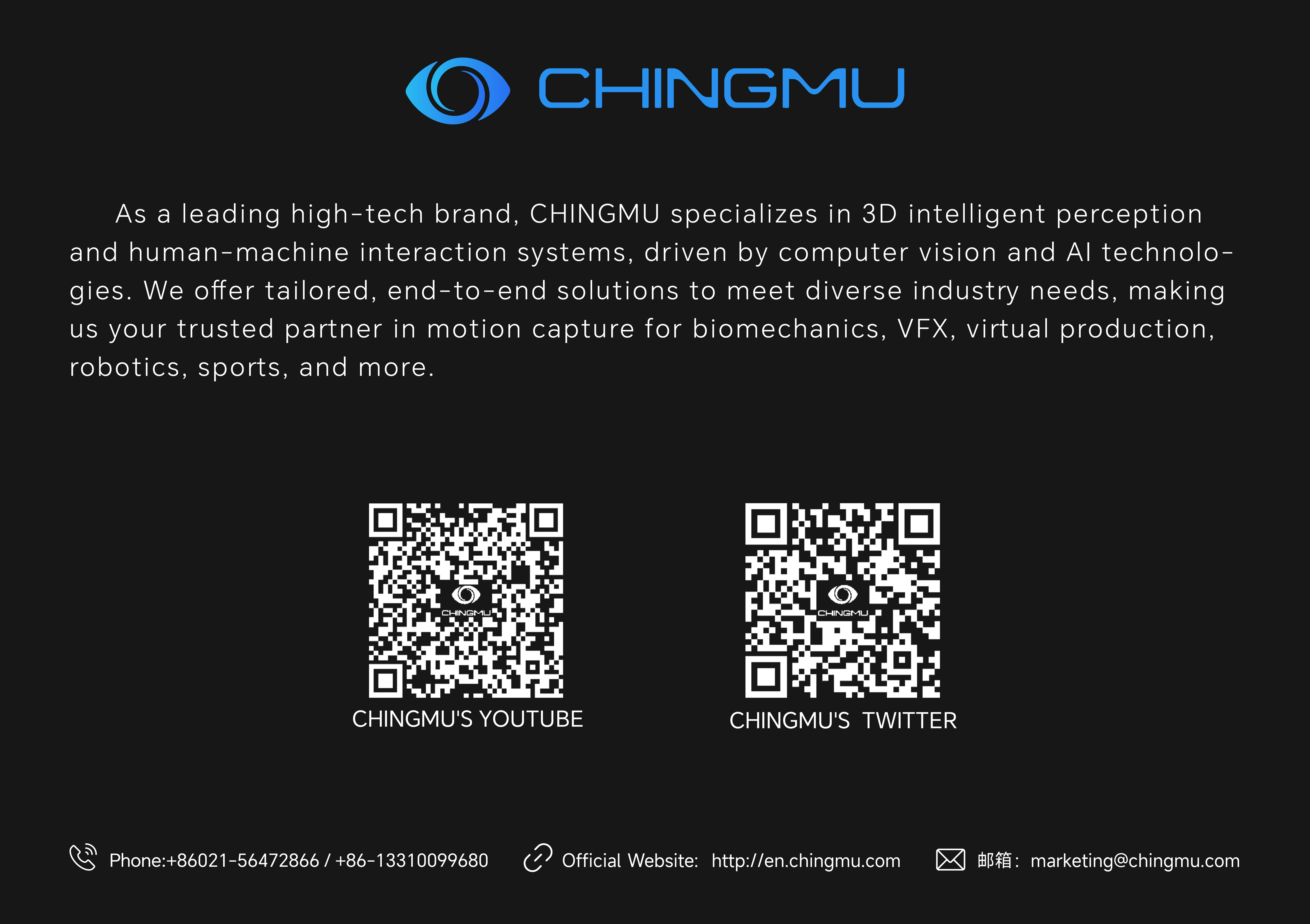
 CN / EN
CN / EN
The Interaction between Machinery and Life: The New Future of Surgical Robots.

Applications: Motion Capture, Position Tracking, Surgical Navigation, Telemedicine, Medical Robotics and Computer Assisted Surgery (MRCAS).


Recently, the team led by Professor Wang Linhui from the Department of Urology, the First Affiliated Hospital of Naval Medical University, successfully carried out an ultra-long-distance (2,400 kilometers away) robotic surgery via 5G network technology. With the observation through 3D high-definition vision, the dexterous and precise operation of the robotic arms, and the skillful techniques of the doctor, the whole surgical process only took 30 minutes. In recent years, the "5G + medical" technology has been continuously improved and popularized. Thanks to informatization and intelligence, surgical treatments have become more efficient and convenient. And when it comes to the precision of robotic arm operations and the improvement of operational efficiency, it is inseparable from the empowerment and support of cutting-edge technologies such as motion capture technology.
In remote surgeries, the robot is like the scalpel in the doctor's hand. It is extremely difficult to drive the robot to perform complex movements, and it is even more challenging to make the robot's movements as precise as those of humans to achieve surgical-level accuracy. When the robot moves, not only does it need to have sufficient flexibility and good motion control capabilities to perform complex movements, but it also requires the machine to have a pair of "eyes" like those of humans, which can accurately locate the surgical probes and other execution devices, so that the robot's surgery is no longer like "the blind men feeling an elephant". However, numerous variables are involved, and each part is mutually coupled. The traditional feedback control method based on sensors is far from humans in terms both of motion capabilities and detail handling. Therefore, how to obtain a more universally applicable, more accurate in results, and faster in process method has become a hot topic among researchers. To this end, researchers have been continuously optimizing control and sensing technologies, and the robot sampling and tracking method based on the motion capture feedback process has stood out and become the mainstream of the motion perception feedback for this type of robot.
Motion capture, simply put, refers to the technology that records, analyzes, and processes the motion states and position changes of people or other objects. Optical motion capture technology, based on its precision, real-time performance, and flexible applicability, provides strong support for disciplinary research and industrial applications in the field of robotics. During the application process of robots, through the real-time analysis of the actions of the captured objects, a series of data related to the target motion state are obtained, forming complete data that can be used for reference, and applied to scenarios such as the movement, positioning, and tracking of robots. Moreover, according to the feedback of motion capture data, the actions of the robots are corrected, thereby realizing the precise perception of the "self" by the robots and making the task execution more precise and efficient.

For example, the infrared optical motion capture system independently developed by Qingtong has the advantages of high precision, low latency, long distance, and high robustness. Through high-precision positioning and intelligent analysis of human body and rigid body movements, it can achieve accurate mapping of data in virtual and real spaces, provide continuous and reliable tracking information for robots and other equipment, greatly improve the motion accuracy of robots, and help make remote surgery possible from being impossible.
At the First Global Surgical Robots Conference, the binocular camera of Qingtong - Smart, attracted the attention of the participating representatives. At the conference site, a motion capture demonstration of surgical puncture was carried out based on this camera. The staff inserted the surgical probe into the simulated "affected area" of the model thigh. Thanks to the high-precision positioning feature of the binocular camera, a detailed observation of the "affected area" was made. Meanwhile, the on-site display screen presented the real-time scene of the virtual thigh of the virtual person being punctured on the virtual operating table. The presentation of such an effect benefited from the high-precision positioning of the binocular camera and the convenience of not requiring calibration.

In addition, when combined with corresponding devices such as virtual reality (VR) helmets, operators can experience the simulated operation of surgical puncture in the operating room in an immersive manner, providing a practical platform for teaching research and daily training, so as to better learn theories and conduct surgical practice simulations.
In the medical field, relying on the high-precision measurement of the self-developed system and the convenient work process of operation, Qingtong has established cooperative relationships with various universities and medical institutions. It provides accurate 3D tracking data analysis for researchers and medical experts, reducing labor costs and saving time while enhancing the efficiency and achievements of teaching and research.
Shanghai Qingtong Technology Co., Ltd. (CHINGMU TECH LTD.) was founded in 2015. It is a leading high-tech enterprise with computer vision and artificial intelligence technologies as its core. It focuses on the research and development, production, sales, and service of 3D intelligent perception and human-computer interaction systems, and provides customized whole-process solutions to meet the application needs of various industries. Qingtong independently researches and develops and produces an infrared optical motion capture system with an international leading level. It has won honors for equipment and technological innovation on many occasions. It has the advantages of high precision, low latency, long distance, and high robustness. Through high-precision positioning and intelligent analysis of human body and rigid body movements, it can achieve accurate mapping of data in virtual and real spaces, connect the physical and digital worlds, and create digital twin models in synchronization, which can meet the diverse needs of users.
The company's products and technology have served thousands of well-known domestic and foreign schools and enterprises in fields such as the metaverse, digital entertainment, virtual reality, scientific research and industrial automation, and life engineering, winning wide trust from customers and obtaining a good brand reputation. The company's headquarters is located in Shanghai, China, and it has branches across the country. In addition, with an international perspective, the company is based globally. Its products are exported to Asia, Europe, America and other places. It is committed to achieving excellent technical levels and service qualities, providing customers with full-stack digital solutions and capturing every exciting frame.

